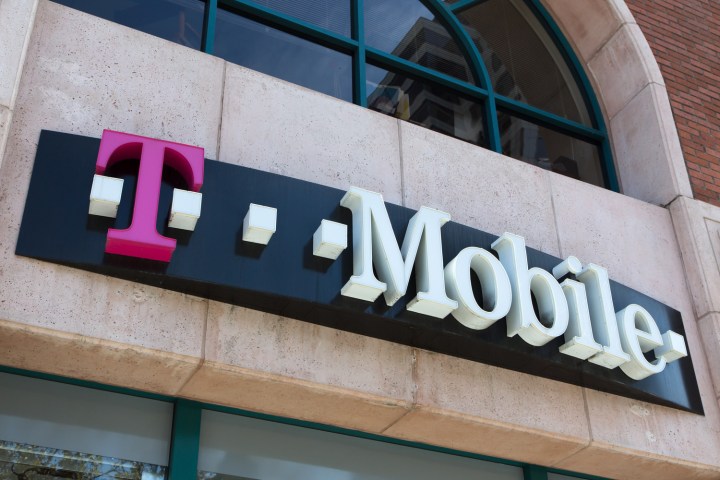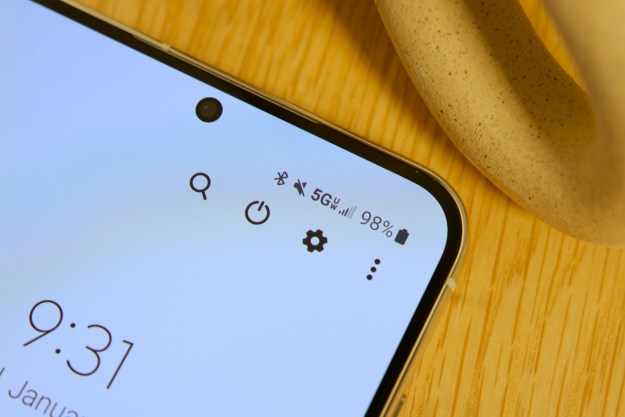
“Earlier this month, wireless customers coast-to-coast proved T-Mobile already delivers America’s best unlimited network,” John Legere, president and CEO of T-Mobile, said. “We swept the competition … on all counts.”
T-Mobile, which spent $8 billion on 600MHz spectrum in an FCC auction earlier this year, plans to roll out service in Wyoming, Northwest Oregon, West Texas, Southwest Kansas, the Oklahoma panhandle, West North Dakota, Maine, Coastal North Carolina, Central Pennsylvania, Central Virginia, and Eastern Washington in the coming months.
The aggressive effort will expand T-Mobile’s 4G LTE coverage from 315 million Americans to 321 million by year’s end, a spokesperson told Digital Trends. The physics work in T-Mobile’s favor. Low-spectrum 600MHz is a favorite of TV broadcasters because of its ability to travel long distances without weakening, making it easier to deploy.
“LTE in 600MHz will take the signal farther and deeper into buildings,” the spokesperson said.
The only problem? Customers can’t use it right now. T-Mobile is working closely with infrastructure providers, chipset makers, and device manufacturers to get 600MHz-compatible devices in subscribers’ hands, but said it doesn’t expect to see compatible phones until the fourth quarter of this year.
Qualcomm, which announced earlier this year that its Snapdragon X16 and X20 LTE modem will support 600MHz, admitted that the process hasn’t been smooth sailing.
“[600MHz] is prime, low-band spectrum [that] will bring greater capacity and improved coverage to mobile operators’ networks … but also comes with new antenna design challenges for OEMs,” Jim Tran, senior vice president at Qualcomm, wrote in a blog post. “It stretches the range of frequencies supported in mobile devices, such as smartphones, to the new extremes at the low end of the spectrum.”
But T-Mobile expressed confidence that it’ll meet its ambitious deadlines. It’s working with the Federal Communications Commission (FCC) and broadcasters like PBS to clear the spectrum, and coordinating with smartphone makers like Samsung and LG on 600MHz-enabled devices.
The “un-carrier” is already laying the groundwork for the future: 5G.
“We expect to begin launching our 5G network in 2019 and are targeting 2020 for a full nationwide rollout,” a T-Mobile spokesperson told Digital Trends. “As 5G standards are defined, chipsets are delivered, and equipment comes to market, we’ll see the straggling broadcasters clearing the last of the 600MHz spectrum. Then, we’ll be able to deploy
Editors' Recommendations
- Have T-Mobile? Your 5G service is about to get much faster
- T-Mobile just set another 5G speed record
- Have an Android phone? You can get unlimited 5G service for free
- T-Mobile’s huge lead in 5G speeds isn’t going anywhere
- The 5G speed race is over and T-Mobile has won


